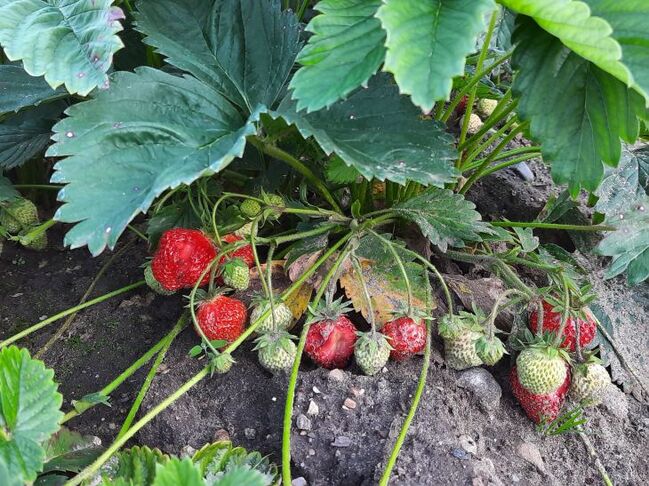Climate change is throwing all garden settings out of whack.
It has become difficult to navigate the usual dates for autumn processing, covering plants and general preparation of the site for winter.
What to do if a snowless winter is expected?

When to Sound the Alarm
The amount of snow varies greatly from year to year: more and more often it falls later than the onset of frosty weather, and sometimes the thickness of its layer remains very modest.
Obviously, in this case, plants that overwinter well under a thick blanket of snow may not survive the winter.
In this sense, plants typical of a moderate climate are better protected. Most of them can withstand frost. But this mainly concerns their above-ground parts.
If we talk about fruit trees, their roots without sufficient snow cover can suffer even when the temperature drops to -15.
Snowless winters are even more dangerous for young seedlings, as well as delicate southern varieties.
If the weather forecast is not good and says that frost is coming, but no snow is expected, then you need to urgently go to the site and take action.
What's going on in the berry patch
Some crops are particularly sensitive to the lack of snow. In such a situation, heat-loving blackberries, actinidia, and gummi suffer greatly.
If the prognosis is unfavorable, it is necessary to loosely cover them with non-woven material.
The same should be done for garden strawberries: in frosty weather, their bushes often stick out from the soil, and the roots freeze.
The orchard requires attention
The trunk circles of fruit trees and shrubs, especially those whose root system is located close to the soil (blueberries, dogwood, sea buckthorn), need to be additionally mulched.
A thick layer of manure is well suited for this: it will not only serve as a cover, but will also warm the soil to some extent.
You can also use sawdust, straw, neutral peat and similar loose materials. There is no need to compact them (tamp them down), the mulching layer should be really thick - 10-15 cm.
In addition to mulching, you should throw in snow-retaining materials (for example, spruce branches, brushwood). They will help to retain the snow that may still fall. If there is some layer of snow, it is worth raking it closer to particularly sensitive plants.
In addition to freezing, in snowless winters plants can suffer from soil drying out. That is why experienced gardeners take a responsible approach to pre-winter moisture-charging watering of the garden.
If you were able to arrive before the frost and see that the soil is very dry, try to water it.
How to protect ornamental plants
Particular attention should be paid to garden sissies, whose shoots freeze above the snow cover in normal winters.
These include weigela, fortunei euonymus, buddleia, drooping and green forsythia, etc. In order not to lose such plants, they should be covered with covering material, installing a frame.
You can first cover them with fallen leaves and then lay a loose snow-retaining material on top of the “house”.
Frost-resistant roses that do not require winter insulation can freeze in a snowless winter.
It is recommended, if possible, to mulch them or even install frame shelters with non-woven material.
Those that you have prepared for winter in a timely manner can be covered with an additional layer, but only if you have the opportunity to remove it in a timely manner to prevent the plants from rotting during the thaw and in the spring.
Clematis, which usually do not require shelter, should be covered with loose snow-retaining materials, which should be removed when the spring warms up.
